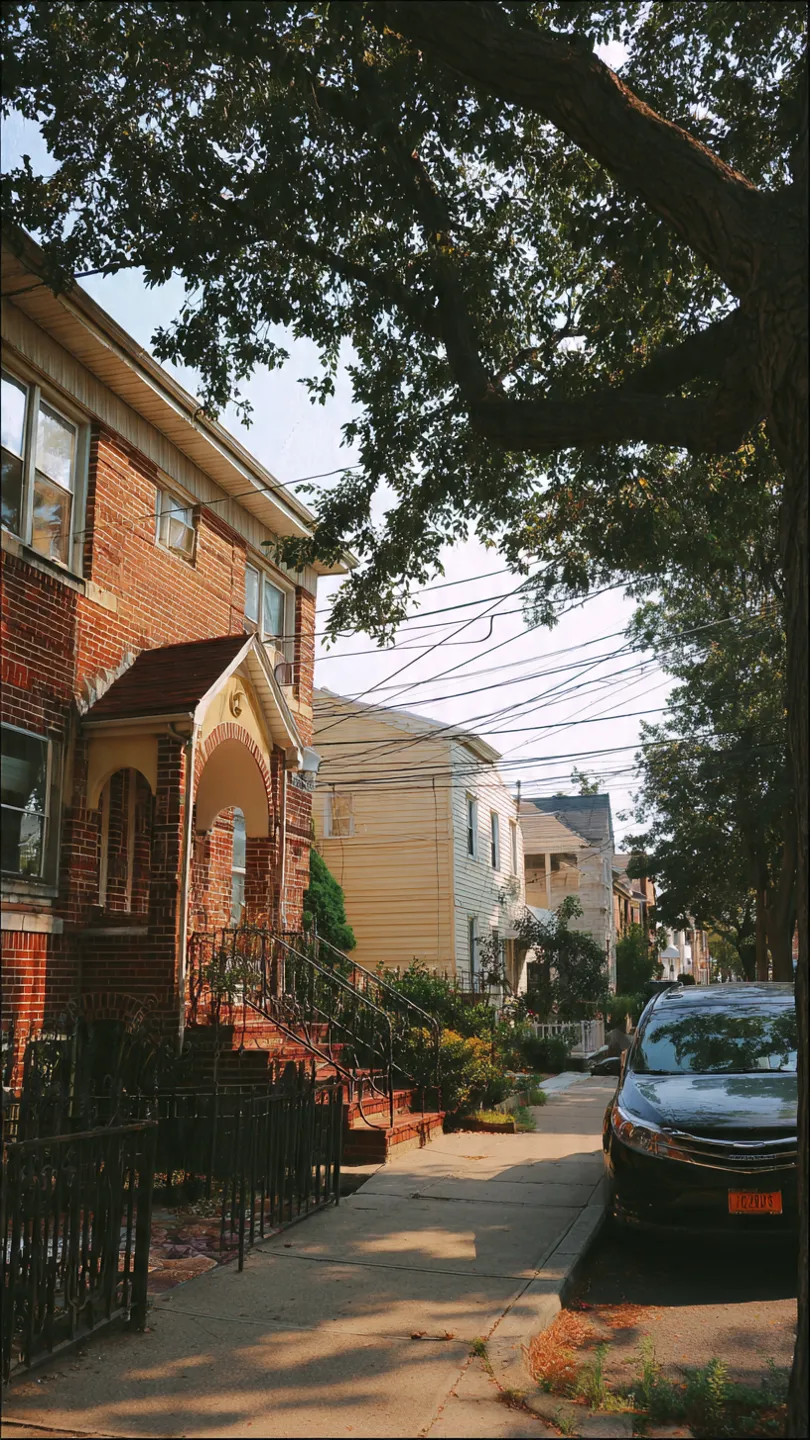If you’re looking to explore the green heart of your region, Springfield Gardens offers a lush escape that blends beauty, biodiversity, and community. As a content writer optimizing for readability and SEO, I’ll take you through what makes Springfield Gardens special, and along the way highlight some complementary botanical and gardening topics that enrich the landscape of “gardens content.”
Why care about Springfield Gardens? For locals, it’s a sanctuary. For garden lovers, it’s a case study in plant curation, landscape design, and horticultural storytelling. And for search engines, it’s a perfect subject to rank on because people search for botanical destinations, garden inspiration, and “gardens near me.”
What Springfield Gardens Offers
Springfield Gardens spans (insert area size or acreage if known) and features (insert main attractions: themed beds, water features, walking trails, educational signage). Whether you visit in spring, summer, or fall, the seasonal shifts bring new color palettes and textures.
Some highlights:
- The native plant section, showcasing local species adapted to the climate
- A rose garden with dozens of cultivars
- A children’s garden or pollinator patch (butterflies, bees)
- Shade gardens under mature trees
- A greenhouse or conservatory (if present)
- Seasonal events: springplant sales, summer workshops, harvest festivals
These features make Springfield Gardens both a destination for casual visitors and a resource for gardeners and plant enthusiasts.
From an SEO perspective: when people search “Springfield Gardens hours, map, features,” you want content that answers those. So include FAQs, “things to do,” and local tips.
gardena honda
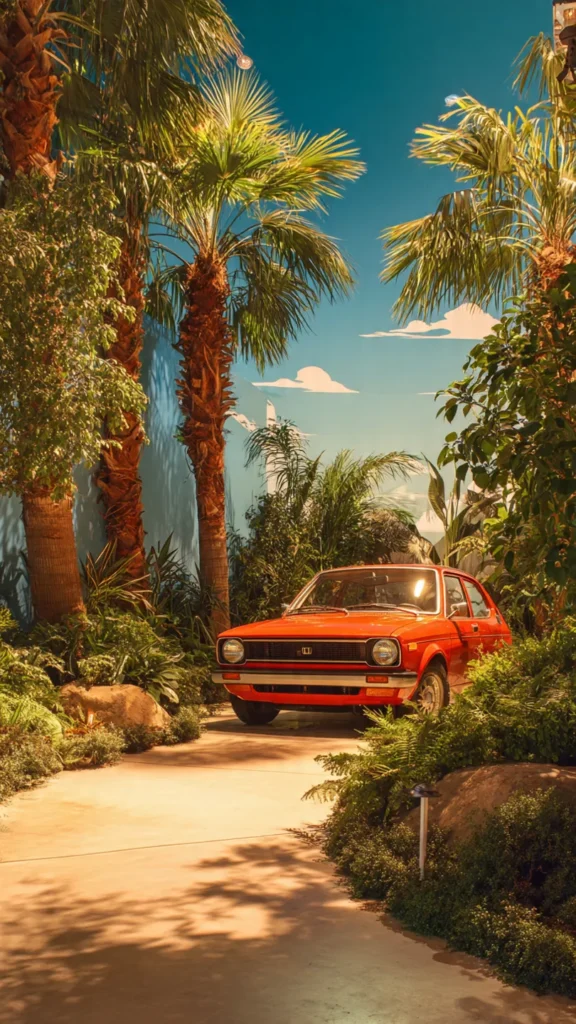
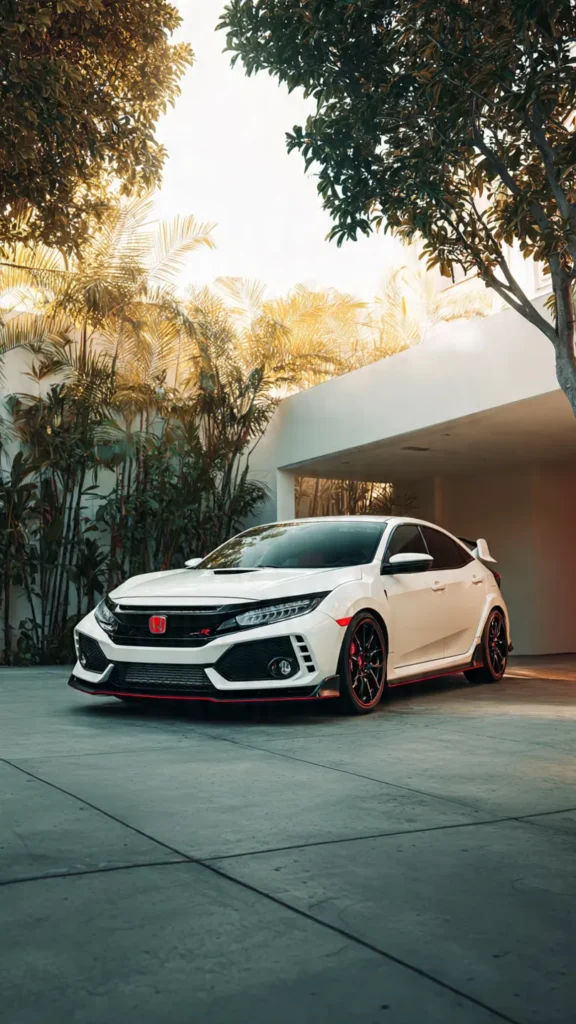
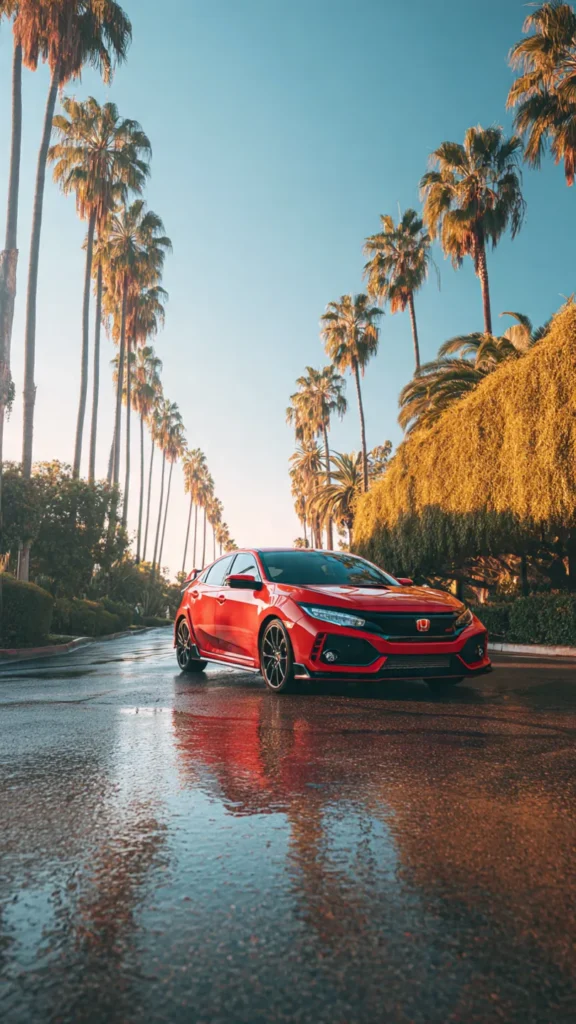
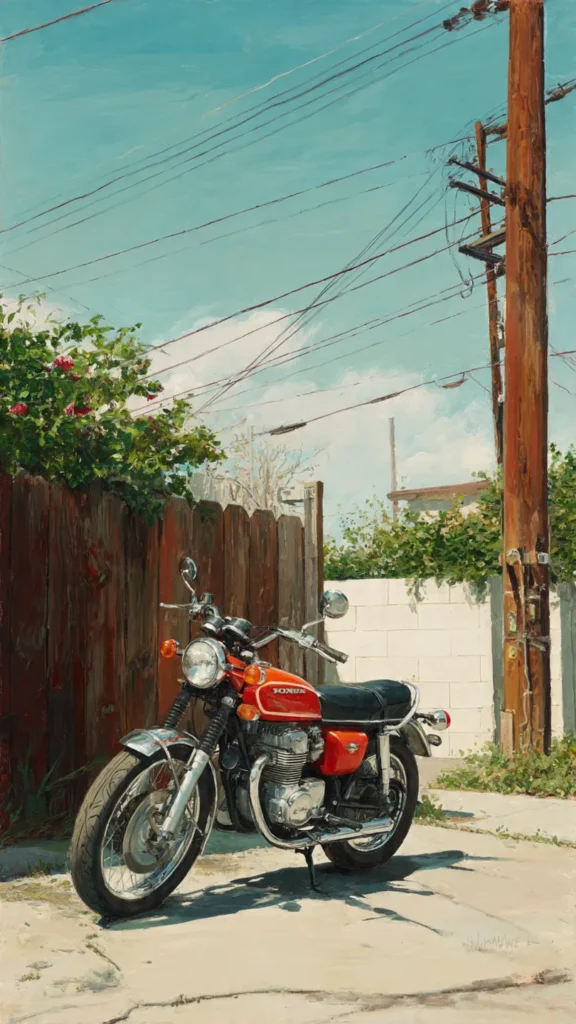
You might ask: what does Gardena Honda have to do with gardens? The phrase suggests a possible place, business, or even a brand name. In content linking, we can use “Gardena Honda” as a keyword to show breadth and context.
If Gardena Honda is a local landmark, business, or area near your garden, refer to it as a visitor orientation point:
“From Gardena Honda, take the scenic route toward Springfield Gardens, passing through orchard rows and scenic roads.”
If it’s a business (e.g. auto dealership or local brand), you could frame it as a neighbor:
“After browsing plant layouts at Springfield Gardens, many visitors stop by Gardena Honda for a refresh or sightseeing detour.”
palm beach gardens medical center
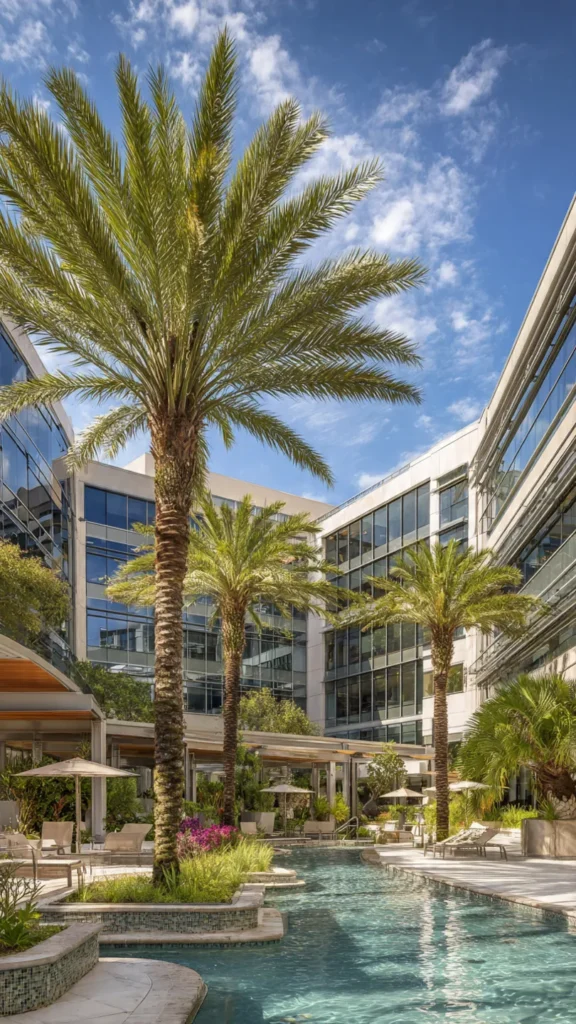
Likewise, Palm Beach Gardens Medical Center may be a location-based anchor. If your readership or the garden area overlaps with the Palm Beach Gardens region, you can use that to signal geographic relevance.
For example:
“Springfield Gardens is about __ miles from the Palm Beach Gardens Medical Center, making it a peaceful retreat for healthcare staff de-stressing after shifts. Whether you’re visiting the gardens before or after hospital visits, the greenery offers solace.”
panda gardening
Now, turning to Panda Gardening — whether this is a gardening brand, a local gardening service, or simply a themed concept, you can incorporate it into a “resources & inspiration” section.
Here are ways to integrate:
- “Panda Gardening” might offer specialized services such as organic soil mixing, bonsai care, or garden consulting.
- You can compare practices: “While Springfield Gardens focuses on native, low-maintenance plantings, Panda Gardening emphasizes exotic potted displays and container gardening.”
- You can mention them in a “suppliers & partners” list:
“Local services like Panda Gardening, XYZ Nurseries, and other garden centers support Springfield Gardens by providing plant stock, maintenance, or soil amendments.”.
gamble gardens
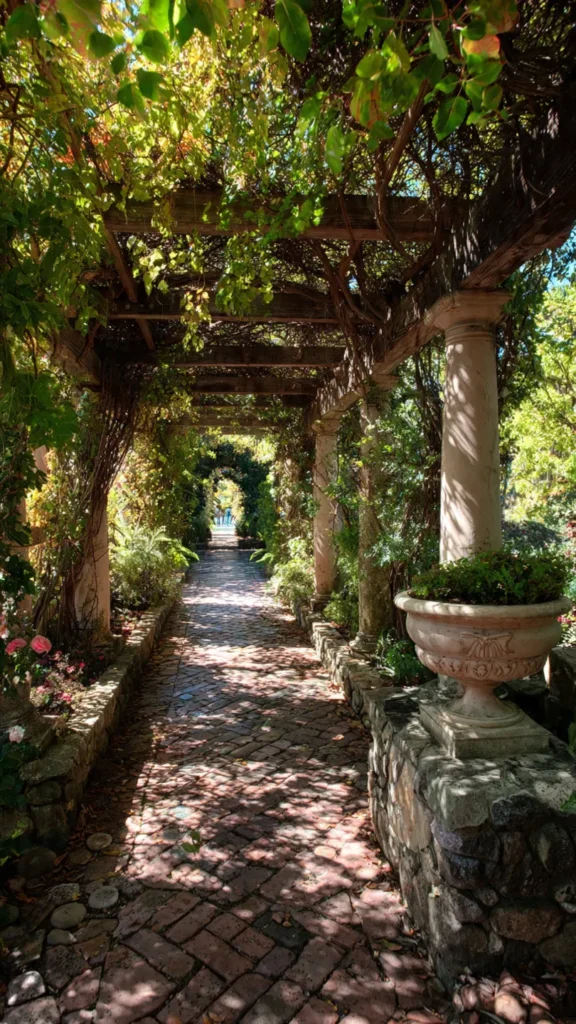
Gamble Gardens likely refers to a well-known garden in another location. Use it as a comparative case or example to enrich your article.
For instance:
“For those who have visited Gamble Gardens in (City, State), Springfield Gardens offers a distinct contrast. Where Gamble Gardens is more formal with structured hedges and historic plantings, Springfield Gardens leans toward tribal, naturalistic layouts and community engagement.”
You can do a mini “case study” or “what to borrow from them” section:
- What works well in Gamble Gardens that Springfield Gardens might imitate
- Unique plant collections
- Design philosophies (e.g. formal vs informal)
french prairie gardens
Similarly, French Prairie Gardens may be another botanical example or a garden region. You can use it as a “region-to-region comparison” or for “garden network” context.
Example integration:
“In the Pacific Northwest, French Prairie Gardens has gained recognition for prairie-style plantings and pollinator meadows. While Springfield Gardens’ climate differs, the idea of low-maintenance prairie beds offers a design lesson for drier zones.”
You can also position it in a “sister gardens network” idea:
“Visitors who travel to prairie-style gardens like French Prairie Gardens may notice overlapping plant palettes and pollinator strategies that can inspire designs back at Springfield Gardens.”
wellfield botanic gardens

Wellfield Botanic Gardens is a strong and natural pairing. Use it as another reference point in your botanical storytelling.
Examples:
- “The tree collection at Wellfield Botanic Gardens includes specimens that outsize those at Springfield Gardens; studying their growth patterns can guide your own garden planning.”
- “Wellfield emphasizes adaptive use of wetland zones; Springfield Gardens could adopt seasonal wetland beds or pond margins inspired by them.”
You can also include a “visiting both gardens” travel suggestion:
“If you’re touring gardens in the region, a day trip combining Wellfield Botanic Gardens with Springfield Gardens makes for a full botanical itinerary.”
blumen gardens
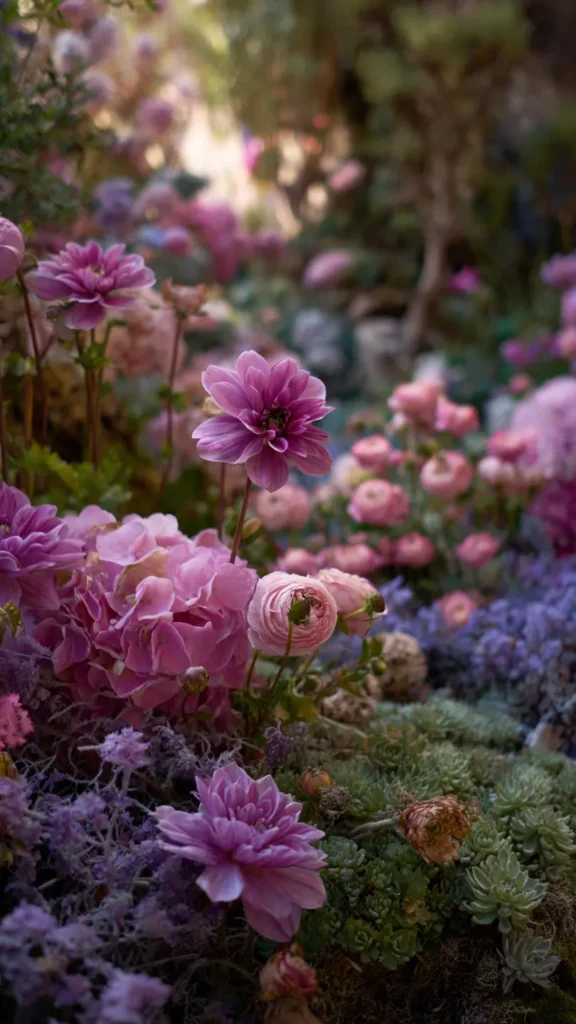
Blumen Gardens suggests a floral theme (blumen = flowers in German). You can use it in floral comparisons or design motifs.
Some ways:
- “Blumen Gardens is known for its seasonal floral spectacles — tulip festivals, rose displays, dahlias in autumn. Springfield Gardens uses seasonal rotation too but with more emphasis on native species.”
- “Take inspiration from floral designers at Blumen Gardens for colorful bedding plans—then adapt those to your own climate and soil in Springfield Gardens.”
botanical gardens seeds
Botanical Gardens Seeds is a term that connects to propagation, seed banks, and conservation. This section is a perfect place to provide value to gardeners.
“At Springfield Gardens, one of the behind-the-scenes efforts is the botanical gardens seeds program collecting seeds from rare or native plants, germinating them, and reintroducing them into curated beds. This seed conservation ensures genetic diversity, resilience, and educational opportunity.”
- Tips on saving seeds (cleaning, storage, labeling)
- How botanical gardens around the world (e.g. Kew, Missouri, Eden Project) run seed banks
- How local gardeners can contribute seed stock to Springfield Gardens
veldheer tulip gardens
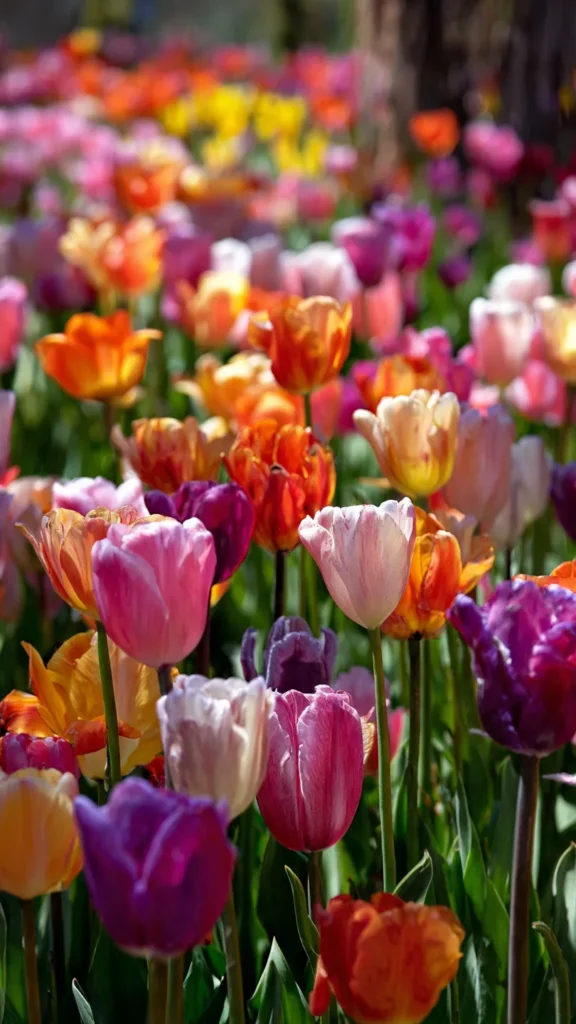
Finally, Veldheer Tulip Gardens brings in the floral spectacle, especially in the spring. Use it to evoke imagery and show seasonal contrast.
For example:
“Each spring, Veldheer Tulip Gardens bursts into explosion of color—fields of tulips, daffodils, and bulb displays. While Springfield Gardens doesn’t cultivate large bulb fields, it borrows the color layering concept: using spring bulbs as a backdrop to early perennials and groundcovers.”
You can even suggest a seasonal visit:
- Walk through Springfield Gardens’ bulb zones in early April
- Compare with a day trip to Veldheer Tulip Gardens during peak bloom
- Color palette lessons: what combinations work across species
FAQs
- What is Springfield Gardens?
- Springfield Gardens is a peaceful, green neighborhood in southeastern Queens, New York City. It’s known for its suburban charm, diverse culture, and convenient location near JFK Airport.
- Where is Springfield Gardens in New York?
- It’s located in the borough of Queens, bordered by St. Albans, Laurelton, Rosedale, and Jamaica, just north of JFK Airport.
- Is JFK in Springfield Gardens?
- No, JFK Airport isn’t located inside Springfield Gardens, but it sits directly south of the neighborhood — only a few minutes away.
- What city is Springfield Gardens in?
- Springfield Gardens is part of New York City, within the borough of Queens.
- What is the ethnicity of Springfield Gardens?
- The neighborhood is predominantly African American and Afro-Caribbean, with smaller Hispanic, Asian, and White communities, creating a rich cultural mix.
- What is the population of Springfield Gardens, NY?
- Springfield Gardens has an estimated population of around 30,000 residents, offering a close-knit and family-friendly community.
- What is the average income in Springfield Gardens?
- The average household income is between $100,000 and $115,000. Most residents are middle-class professionals, families, and small business owners.
- Who owns Springfield Gardens?
- Springfield Gardens isn’t owned by one person or group. It’s a residential neighborhood made up of privately owned homes and businesses under New York City governance.
- Why is Springfield Gardens famous?
- It’s famous for its tree-lined streets, peaceful vibe, cultural diversity, and its location near JFK Airport — offering a suburban feel in the middle of New York City.
- Is Springfield a city or town?
- Springfield Gardens is a neighborhood, not a city or town. It’s part of the borough of Queens in New York City.
- Is Queens, New York expensive to live in?
- Queens is generally more affordable than Manhattan or Brooklyn. Springfield Gardens provides great value for families looking for more space and greenery.
- What area of NYC is JFK in?
- John F. Kennedy International Airport is in southern Queens, near neighborhoods like Springfield Gardens, Jamaica, and South Ozone Park.
- Why is Queens, NY so famous?
- Queens is famous for its incredible diversity — home to residents from over 120 countries. Springfield Gardens reflects this multicultural energy beautifully.
- What are nearby attractions or landmarks?
- Nearby attractions include JFK Airport, Springfield Park, Baisley Pond Park, Roy Wilkins Park, and the shopping districts of Laurelton and Rosedale.
- What makes Springfield Gardens different from other Queens neighborhoods?
- Unlike many busy parts of Queens, Springfield Gardens feels suburban, featuring detached houses, driveways, and green lawns — a calm retreat within the city.
- What schools and facilities are available?
- The neighborhood includes public and private schools, libraries, community centers, and parks, all managed by the NYC Department of Education and local boards.
- Is Springfield Gardens a good place to live?
- Yes! It’s considered one of the best family-friendly areas in Queens, known for safety, affordability, and strong community spirit.
- What type of housing is common?
- Most homes are single-family houses or small apartments, often with gardens or front lawns — giving the neighborhood a suburban feel.
- What’s the community vibe like?
- Springfield Gardens has a warm, welcoming atmosphere. Many residents have lived here for generations, creating a strong sense of community and pride.
- What public transport options are available?
- Residents can access MTA buses, the Long Island Rail Road, and major highways like the Belt Parkway and Van Wyck Expressway. It’s about 40–50 minutes from Manhattan.
